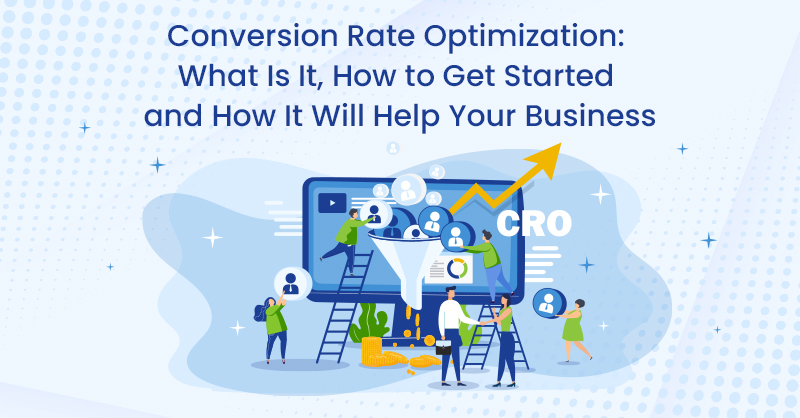Increasing the conversion rate of a website brings tremendous benefits. While maintaining constant traffic (and costs), more users convert, leading to more sales (and revenue). This has amazing results:
- Profit grows exponentially. According to Conversion Rate Experts, a 50% increase in conversion rate can result in a 500% in profits because the profit from the additional conversions goes straight to your bottom line.
- Cost of Acquisition is lowered.
- Site bounce rate decreases.
- Time and budget is freed up to try other marketing channels.
- Competitive advantage gets a “slight edge.”
Therefore, increasing the conversion rate of a website arguably can be the most important (and profitable) move you make.
There are many ways to improve website conversion rates: you can simplify funnels, reduce prices, alter design, and increase social presence. But none of those methods can lay claim to statistics like those relating to testimonials.
- Customer testimonials have the highest effectiveness rating (89%) when influencing buyers, according to the “20 Captivating Marketing Statistics” infographic.
- 90% of buying decisions are influenced by reviews.
- 73% of consumers say positive customer reviews make them trust a business
- 63% of consumers are more likely to purchase from a site if it has reviews.
These numbers prove, scientifically, that testimonials are a sure-fire way to increase a website’s conversion rate. Though it may seem simple, studies and testing have shown that simply adding testimonials to a site is not enough. There are several factors you must consider in order to reap the greatest benefit to your conversion rate.
SearchEngineWatch reports on an A/B test that was conducted to assess the benefit of customer testimonials. In this study, Visual Website Optimizer added testimonials to a product page for a Seiko watch.

The result? Increased conversion that led to 58% more sales!
There are a few best practices to keep in mind when adding testimonials to your website.
A. Personal Testimonials
Testimonials should always include as much biographical information as possible about the customer providing the review. Anonymous testimonials should be kept off your website. Instead, use people’s names, titles, locations, company, and more. This is how Neil Patel does it:
To go a step above, have the testimonial linked to the user’s social media account, which verifies their true identity, the way writer Kristi Hines features a review from Unbounce’s Oli Gardner:
B. Targeted Testimonials
Select testimonials from customers within your targeted audience segment. For example, if your site targets bloggers, do like writer Jeff Goins and feature testimonials from other bloggers
C. Visual Testimonials
According to Mind Tools, approximately 65 percent of the population are visual learners. And 3M Corporation reports that the brain processes visual information 60,000 faster than text. To turn these stats into useful conversion rate improvement is to ensure that the testimonials you use on your site are visual. Add company logos, profile images, or video testimonials to give your reviews an extra edge!
For example, when Unbounce targets online marketers, they use an image and video from KISSmetrics’ Director of Customer Acquisition.
D. Beneficial Testimonials
Once you select testimonials from members of the target audience, add visual elements like photos or video, you need to make sure that your testimonials focus on specific measurable benefits of your product. Don’t waste the real estate on your website with testimonials that say “this company is the best ever;” instead, have your customers discuss a specific benefit and how it helped their business.
Zendesk, for example, shows testimonials that speak to their target audience’s pain point: a need to increase customer satisfaction.
E. Tested Testimonials
Like every aspect of your website, you should always test the testimonials you choose to use. Conduct A/B tests every time you change a page element. Test the location of testimonials, their length, and fonts and colors. Seeing the examples here of what has worked for other companies (or finding out what your competitors do) is helpful, but it may not always work the same way for you. Testing is the only way to know for sure.
Testimonials for Increased Conversion Rates
These five best practices will help boost the conversion rates on your website. Testimonials act as social proof; they add credibility, reliability, and trustworthiness. In our anonymous online world, users consciously and subconsciously seek these signs that your company and products are worthy of their conversion.
Try these five testimonial best practices on your website and watch your conversion rates skyrocket.











on
I like all your explanations Tomer. There have definitely been a few sparks in my head for ideas for the future.